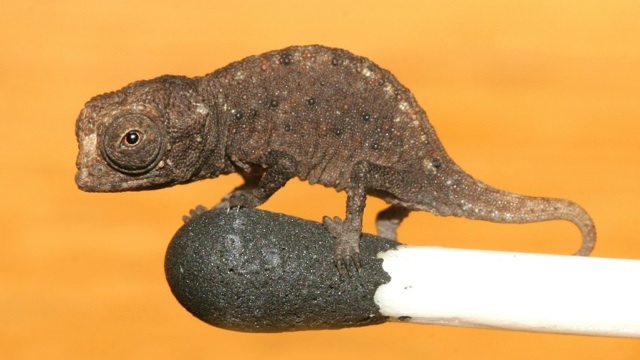Insular Gigantism & Dwarfism
May 16, 2010
On islands, it occurs relatively frequently that large species of animals tend to get smaller and small species tend to get larger. The greater interspecies competition or pressure of carnivores on the continent may actually force them beyond the limits of their optimum size. They tend to be large, so that they can better resist carnivores, or small, so that they can hide better and manage with a small amount of available resources. The dwarfing or growing occurs when they reach an island where their natural enemies or competitors are absent. In this they can return to their optimum size and get larger or smaller to the size at which their body functions best. Possibly for Homo Sapiens the optimum size would resemble the size of the insularly dwarfed Homo Floresiensis. Almost half way to our projected target of 50 centimeters.
[…] was found for large decreases in body mass, such as may be associated with the phenomenon of insular dwarfism. The maximum rate of body mass decrease is over 30x greater than the maximum rate of body mass […]